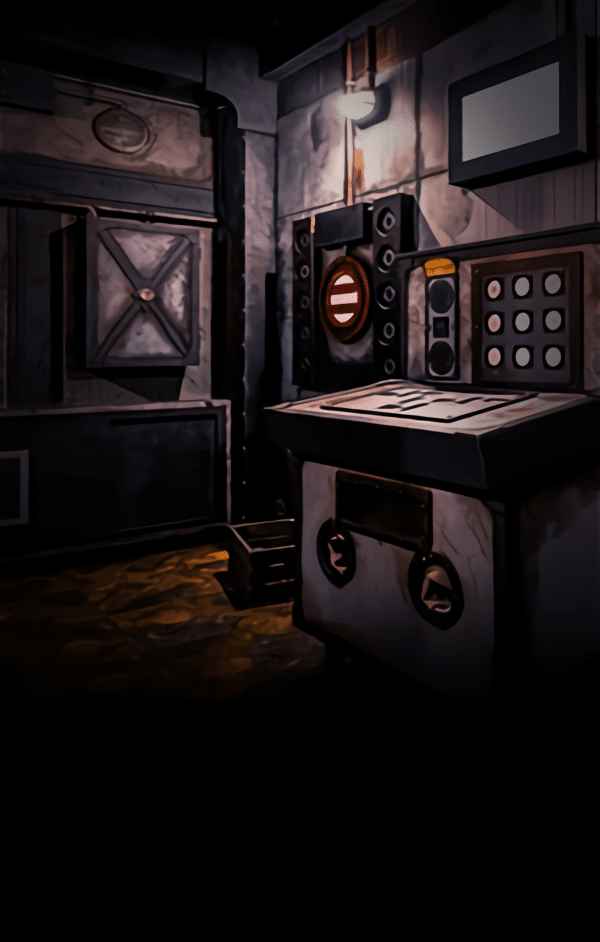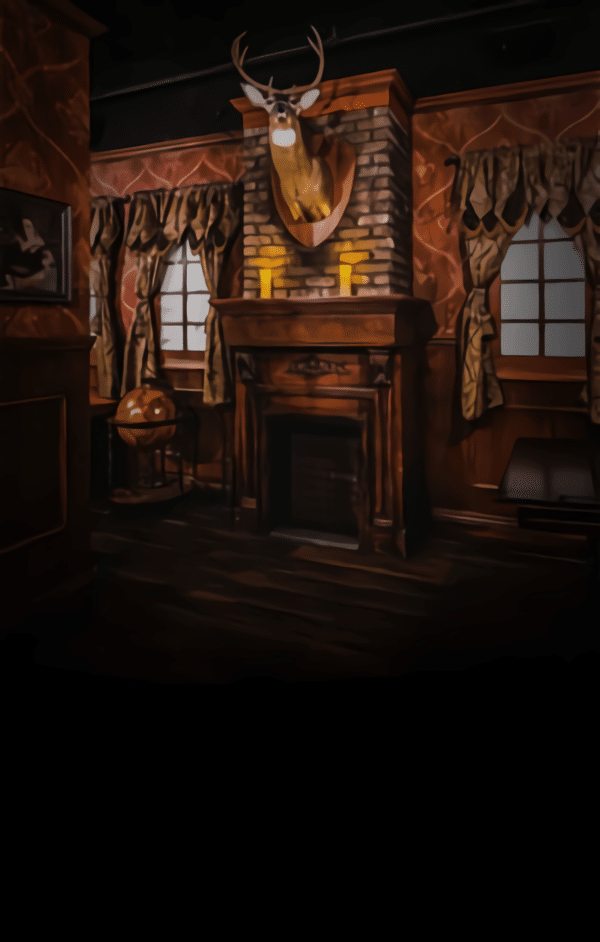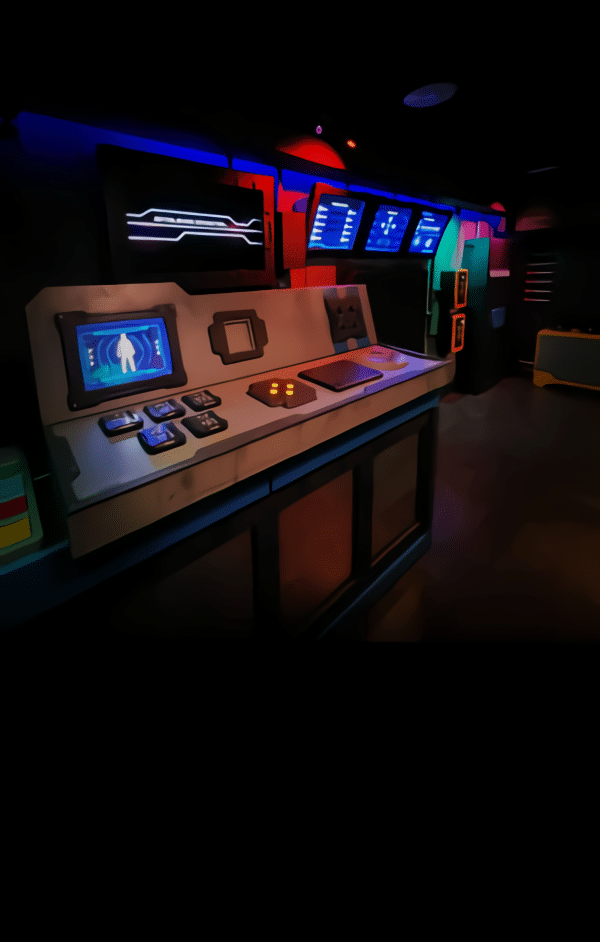1. Enhancing Collaboration Through Escape Room Challenges
Escape rooms are designed to require genuine teamwork, making them a powerful tool for strengthening bonds among team members. At Mission Escape Games – NYC, participants must communicate clearly, share ideas, and delegate tasks efficiently to progress through each stage of the challenge. This environment mirrors real-world work scenarios where individuals must pool their strengths—for example, analytical thinkers might decode ciphers while creative thinkers spot hidden clues, and detail-oriented team members manage inventory of found items.
By tackling puzzles together, teams develop trust and improve mutual respect. When one member struggles, others step in, fostering a sense of shared responsibility. Regular debrief sessions after each game encourage reflection on team dynamics: What communication styles worked? Where were breakdowns? These insights help teams translate escape room learnings into improved in-office collaboration.
For companies seeking an immersive way to build cohesion, Mission Escape Games offers the perfect blend of fun and functional skill development. Whether it’s a newly formed group or a seasoned team looking to refresh their synergy, the structured yet entertaining setting accelerates relationship-building and highlights areas for growth. Ready to see your team in action? Experience one of the best escape room NYC adventures and watch your team transform.
2. Unique Games at Mission Escape Games – NYC
Mission Escape Games – NYC presents four distinct challenges, each crafted to test different skill sets and group dynamics. Below is a table summarizing the available experiences:
| Game Name | Theme | Difficulty Level |
|---|---|---|
| End of Days A | Post-apocalyptic survival | Moderate |
| End of Days B | Advanced fallout facility escape | Hard |
| Hydeout | Victorian mystery in hidden manor | Moderate-Hard |
| Carbon: 3708 | Futuristic carbon-capture puzzle | Easy-Moderate |
Teams looking for balanced mental and physical engagement might choose End of Days A, which combines careful clue-hunting with hands-on tasks such as assembling devices. For groups that thrive on pressure, End of Days B ramps up the challenge with tighter time constraints and layered puzzles. If your team enjoys rich storytelling, Hydeout transports players into a gothic setting where atmosphere is as critical as logic, and Carbon: 3708 caters to teams wanting a sleek, tech-driven scenario.
Having multiple game types ensures that teams can tailor their outing to specific goals—whether it’s boosting morale with a lighter challenge or pushing boundaries with a high-intensity scenario. Rotating through these options over multiple visits keeps team-building fresh and engaging.
3. Tailoring Challenges to Different Team Sizes
One of the hallmarks of effective team-building is scalability. Mission Escape Games – NYC accommodates groups ranging from small squads of four to larger assemblies of up to twelve players. For smaller teams, puzzles are designed to ensure each member has a critical role, preventing situations where only a subset of participants remain engaged. In mid-size groups, overlapping tasks encourage sub-teams to emerge and collaborate across puzzle stations.
When larger groups book a single game, the experience is optimized through adaptive puzzle branching. This means that one clue might lead to multiple puzzle forks, allowing teams to split into smaller groups momentarily before coming back together for final challenges. Facilitators can adjust difficulty, hint frequency, and even game pacing based on real-time observations of team performance.
Tailoring the game to team size also extends to pre-game consultation. Organizers can specify objectives—improving communication, sparking creativity, or simply boosting morale—and Mission Escape Games staff will recommend the ideal game and configuration. This level of customization ensures every participant remains fully immersed and achieves the intended team-building outcomes.
4. Improving Communication Skills Under Pressure
Escape rooms naturally impose time limits, creating a sense of urgency that mirrors high-stakes projects in the workplace. Under these conditions, teams must articulate ideas succinctly, listen actively, and provide feedback effectively. At Mission Escape Games – NYC, hidden compartments, complex riddles, and cryptic codes all demand precise information exchange—misinterpret one clue, and progress stalls.
Through guided post-game discussions, facilitators highlight moments of strong communication and areas needing improvement. Participants learn to use concise, standardized language, develop non-verbal cue recognition, and practice “echo checking” (repeating instructions to confirm understanding). These skills translate directly into project meetings and collaborative tasks, reducing misunderstandings and enhancing productivity.
Moreover, when teams learn to balance speaking and listening, quieter members gain confidence to contribute, enriching the collective problem-solving process. The controlled pressure of the escape room thus becomes a safe environment for teams to experiment with new communication strategies before applying them in the office.
5. Developing Creative Problem-Solving Techniques
Escape rooms are playgrounds for creativity. At Mission Escape Games – NYC, puzzles often have multiple solution paths, inviting teams to think outside the box. For instance, a locked box may require decoding a poem, assembling a mechanical device, or arranging objects in a specific geometric pattern to unlock it.
Teams learn to brainstorm rapidly, test hypotheses without fear of failure, and pivot when initial strategies falter. Facilitators encourage documenting all ideas—no matter how unusual—before narrowing down to the most promising approach. This “quantity before quality” mindset fosters divergent thinking, which is invaluable in innovation-driven industries.
By rotating roles—idea generator, tester, evaluator—participants experience different aspects of the creative process. This role rotation helps individuals appreciate diverse thinking styles and recognize that breakthroughs often come from collaborative synthesis of varied perspectives.
6. Balancing Physical and Cognitive Engagement
While many escape rooms focus purely on logic, Mission Escape Games – NYC integrates both mental and light physical tasks to engage a broader range of participants. For example, retrieving a high-placed clue might require teamwork on a small ladder, while rearranging heavy props teaches coordination and trust.
In End of Days B, teams might have to carry “hazmat” gear across a room to access a hidden panel, blending strategic thinking with physical cooperation. Such varied engagement helps kinesthetic learners shine and reminds office-bound teams of the importance of movement, both for health and creative refreshment.
This balance ensures every participant remains active and reduces mental fatigue. It also highlights transferable skills: coordinating physical tasks translates to better project resource management, and cognitive puzzles improve analytical abilities.
7. Immersive Thematic Storytelling for Deeper Engagement
A compelling narrative increases emotional investment. Each game at Mission Escape Games – NYC is underpinned by rich world-building, from the dystopian backdrop of End of Days to the gothic intrigue of Hydeout. Detailed set designs, ambient soundtracks, and actor-led introductions draw participants into the story, making every clue feel meaningful.
Immersion heightens focus and motivates teams to overcome challenges together. When team members empathize with characters or scenarios—that they’re racing to save the world or uncover a dark secret—they naturally invest more effort and creativity. Post-game surveys consistently show higher satisfaction and recall of teamwork lessons when the narrative is strong.
Incorporating storytelling into corporate training sessions can reinforce brand values: bravery, perseverance, or strategic foresight. By aligning escape room narratives with organizational goals, teams internalize these values experientially.
8. Effective Debriefing to Cement Learning
Completing the final puzzle is only half the experience. Mission Escape Games – NYC provides structured debrief sessions where facilitators guide teams through reflections on strategy, communication, and leadership. Typical debrief questions include:
-
Which moments showcased peak collaboration?
-
How did the team handle setbacks?
-
What leadership strategies emerged organically?
These discussions turn a fun activity into actionable insights. Teams document key takeaways, set personal or group goals for future collaboration, and even plan “escape room replay” sessions to reinforce learning. This reflective practice is crucial for translating in-game successes into real-world performance improvements.
9. Strategic Midtown Location Advantages
Situated in the heart of New York City’s midtown district, Mission Escape Games – NYC offers easy accessibility via multiple subway lines and nearby parking options. After the game, teams can reconvene at nearby restaurants or cafés for informal networking. The centralized location reduces travel stress and maximizes available time for both the escape experience and follow-up discussions.
Midtown’s vibrant atmosphere also energizes participants, creating a seamless transition from a high-energy game back to the workplace environment. Proximity to major corporate offices makes Mission Escape Games an ideal choice for companies seeking convenient, on-site team-building without sacrificing quality or immersion.
10. Ensuring Safety and Accessibility for All Participants
Safety is a top priority. Escape rooms at Mission Escape Games – NYC are equipped with multiple emergency exits, continuous video monitoring, and on-demand hints to prevent frustration or panic. Staff conduct pre-game briefings on safety protocols and are ready to assist at any moment.
Accessibility features include adjustable lighting, ergonomic furniture, and options for participants with mobility challenges. Puzzle designs consider varied abilities: tactile clues for visually oriented participants, audio hints for others, and clear written instructions where needed. This inclusive approach ensures every team member can participate fully, reinforcing the collaborative ethos of the experience.
Conclusion
Escape room experiences at Mission Escape Games – NYC offer far more than entertainment—they serve as dynamic platforms for team-building. Through immersive storytelling, balanced physical and cognitive challenges, and expertly guided debriefs, teams sharpen communication, problem-solving, and leadership skills in a safe, controlled environment. The strategic midtown location enhances convenience, while a diverse game lineup ensures fresh, customized experiences for groups of any size. For companies aiming to foster stronger collaboration and drive performance, escape rooms provide an unforgettable—and impactful—corporate training solution.
Frequently Asked Questions
-
Q: Are escape room NYC games ideal for team-building activities?
A: Absolutely. Escape room challenges require communication, collaboration, and creative problem-solving, making them an excellent way to strengthen team dynamics in a fun and engaging setting. -
Q: How many participants can Mission Escape Games – NYC accommodate?
A: Groups from 4 up to 12 players can be accommodated, with adaptive puzzle branching ensuring everyone remains involved regardless of group size. -
Q: What types of games are available for team-building sessions?
A: Four distinct experiences are offered—End of Days A, End of Days B, Hydeout, and Carbon: 3708—each tailored to different difficulty levels and thematic preferences. -
Q: Is there a structured follow-up after the game?
A: Yes, facilitators lead debrief sessions to discuss communication styles, leadership moments, and lessons learned, helping teams apply insights in the workplace. -
Q: What safety measures are in place during escape room activities?
A: Rooms feature emergency exits, continuous monitoring, and staff support. Accessibility options and clear safety briefings ensure a secure experience for all participants.









